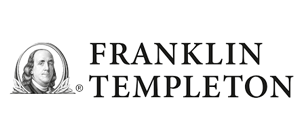Bowdoin FY2021: How to Replicate a Brilliant CIO
Bowdoin College Endowment has been outperforming all Ivies on a 10-year basis since 2015 with its latest FY2021 result bringing it to 14.4%, an almost impossible number to beat.
In our first article in this series, we covered the $20.5B UPenn endowment’s strong returns for FY 2021, and asked what risks the future might hold for endowments concentrating more of their allocations in equities and illiquid investments.
It’s one of many questions Nyles Bryant faces as he takes over as SVP and Chief Investment Officer for the Bowdoin College Endowment. Outgoing CIO Paula Volent stepped down in June to take up the CIO position at Rockefeller University, and leaves behind a strong record of success.
One of her famously good picks was her 2005 investment in Sequoia Capital’s China-focused venture fund, but there are many more examples. As The New York Times points out, Bowdoin’s 8.8% average annual return through the end of FY 2018 outperformed all Ivy League endowments for the previous ten years.
Clearly Bowdoin’s approach paid off again this year. The endowment posted a 57.4% return for the FY ended June 30, 2021.
Sign in or register to get full access to all MPI research, comment on posts and read other community member commentary.





